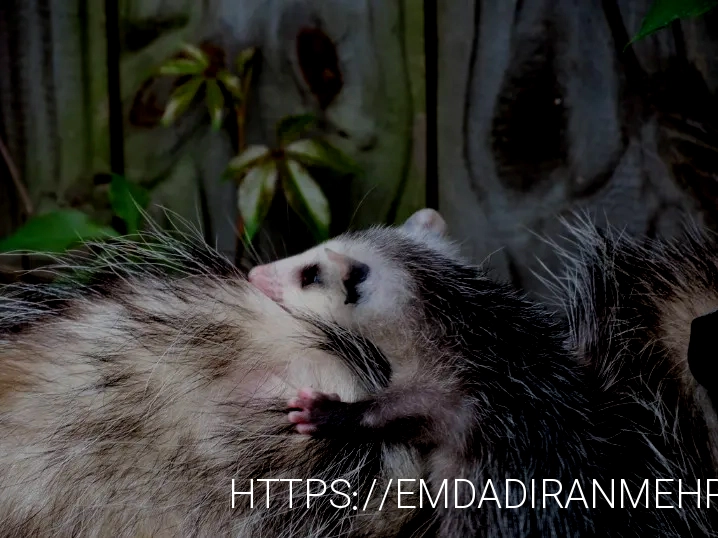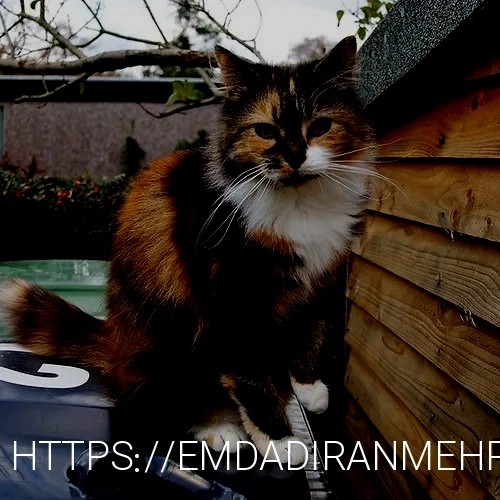Chicken Fostering Isn’t Just a Good Idea It’s Clucking Great HASS
Within the coop and run, set up multiple safe zones or refuges where a bird can escape if chased. These could be in the form of low-hanging branches, hide boxes, or barricades that provide cover. The aim is to minimize the chance of injury if the pecking order is established through chasing or pecking. Chickens are creatures of habit, and a consistent routine can help reduce stress and anxiety. Stay observant and intervene if there are signs of aggression that could escalate.
Look for changes in behavior, feather condition, and any signs of injury. Check that all chickens are eating and drinking and that the new members are not being excluded. This gives the chickens the whole day to adjust to each other’s presence and sort out their differences before it’s time to roost in the evening. Choose a day when you can be present to supervise the flock for an extended period, preferably throughout the entire day. The first full day of integration is often the most telling, as it will give you insights into how the birds interact over an extended period and in different situations. Before proceeding to the final merge, assess the interactions between the chickens during the earlier introduction phases.
Chicken social structures are complex, and each bird has its own personality and place within the pecking order. Rushing the process won’t help, so give your chickens the time they need to adjust to their new flock mates. Keep a close eye out for any signs of bullying, which can sometimes escalate when the flock is fully integrated.
They are the cornerstone of my no-tech, no expense, off-the-grid farm backup system. Our small herd of fifteen are the ultimate in IPM (Integrated Pest Management). The composting bin is in one of their foraging yards and they are in charge of turning it regularly.

These are cues that the birds are adjusting to the presence of their new peers and are more likely to accept them when the time comes to remove the barrier. Enrichment activities help to keep the birds mentally stimulated and less fixated on the newcomers, reducing the risk of obsessive or aggressive behaviors. During these visual introductions, keenly observe the reactions of both the newcomers and the existing flock.
If you feel like you aren’t gaining traction in your business, I’d challenge you to get crystal clear on the 3-7 most important priorities for the upcoming quarter. Then use your weekly meetings to resolve issues that are keeping you from completing them. If everyone on your leadership team, or even better everyone in your company, can do that, imagine the traction you could achieve. As I reflect on the current state of my chickens, I’m pleased with the traction that I’ve been able to make toward becoming the chicken mama I always hoped I could become. We use innovative technology to build strong relationships and improve people’s lives in the digital age.
These capacities serve as a list of promising areas of study for the future, as each needs to be explored further. Emotions are comprised of behavioral, neurophysiological, cognitive, and conscious subjective processes (Mendl and Paul 2004; Paul et al. 2005). Cognition can modulate emotional responses and visa versa (Mendl et al. 2009; Paul et al. 2005). Many studies of emotions in other animals, including chickens, refer instead to “affective state” or “core affect” (Fraser et al. 1997). “Affect” typically is discussed as either a pleasurable or displeasurable state (otherwise known as valence), coupled with some degree of intensity or arousal (Barrett 2006). The relationship between affect and emotion is complex, containing a number of components still widely debated on a theoretical level (Barrett 2012).
These and other studies show that chickens are sensitive to “audience effects,” that is, their communication behavior is mediated by who is available to receive the call. For instance, males call far more often when a familiar conspecific is present than if he is alone or with a member of another species (Karakashian et al. 1988). Taken together, audience effects are consistent with the suggestion that communication in chickens is volitional and shaped by cognition and social awareness. However, much more research is needed to clarify the cognitive basis for the behaviors described above. As discussed above, chickens show self-control in experimental situations (Abeyesinghe et al. 2005) which require them to forgo an immediate reward for a later larger reward.
There is still considerable debate in the animal communication literature about the nature of communication in other animals, including how it compares with human languages. Many theorists still have reservations about the depth and complexity of animal communication systems. These reservations are often based in the assumption that human language is entirely unique. Animal “signals,” in comparison, are said to be involuntary products of emotional states, lacking in intentionality, richness, and flexibility, without connection to cognition and thinking (e.g., Berwick et al. 2013; Lieberman 1994; Luria 1982; Premack 1975). Although just like humans, animals do sometimes communicate in nonlinguistic, involuntary affective displays; some animal communication is clearly cognitively complex, reflecting flexible mental representations. In fact, there is an abundance of evidence for complex, flexible, and rule-governed natural communication systems across a wide array of species (Slobodchikoff 2012).

You can also supplement their diet with kitchen scraps, grains, fresh greens, and even certain insects. Chickens are omnivores by nature, so they enjoy a diverse range of foods. Not only does this add variety to their diet, but it also provides them with additional nutrients that may be lacking in their regular feed. Once hatched, the chicks require a brooder, which is a warm and safe enclosure. This space mimics the conditions provided by the mother hen, offering a cozy and protected environment for the vulnerable chicks.
However, when they observed their chicks receiving the air puffs, there was a demonstrable response on the part of the mother hens, with physiological and behavioral changes indicating emotional distress. Their responses included increased heart rate and lower eye and comb temperatures (indicating vasoconstriction and increased body core temperature) as well as standing alert and maternal clucking. The hens’ responses were clearly reserved for when their chicks were experiencing the air puff, rather than a generalized negative response.

For the male, the ornament may cost him a bit in terms of his health because a bigger wattle comes with more testosterone, which weakens the immune system, but the cost is worth it in the long run because it gets him the girls. The wattle is that dangling flap of skin that hangs loosely from a rooster’s beak. When a male performs his tidbitting display—a series of head movements that he uses to tell potential mates that he has found food—the wattle swings back and forth, even Doeat.top Types of animal diets smacking him in the side of the head if he gets too enthusiastic. Ideally, they would outfit the chickens with little backpacks carrying lightweight wireless microphones similar to those reporters wear when working out in the field. She began a hunt for old ones with easy-to-latch hooks and preferably colored black so they would not stand out against the feathers. Smith cut off the hooks and adjustable straps and attached these parts to the microphone to create a harness.
Aside from public health concerns and an increasingly unpredictable cost, consider the purpose of eggs for the animals who lay them. Wild junglefowl only lay 10 to 14 eggs in a single clutch each year, following suit with other bird species, whereas their domesticated descendants have been bred to produce an average of 300 eggs per year. Each extra egg leeches vital nutrients from a hen’s body that are not easily replaced, and contribute to her unnaturally shortened life replete with reproductive health issues, avian cancer, and broken bones from osteoporosis. For chickens who are bred to compulsively lay, eggs literally hold nutrients they need to reclaim. Many animals engage in social learning, including chimpanzees (e.g., Yamamoto et al. 2013), capuchin monkeys (Cebus apella) (Ottoni and Mannu 2001), and birds, such as ravens (Bugnyar and Kotrschal 2002) and quail (Koksal and Domjan 1998), to name a few.

‘We hope to be able to adapt these AI and ML techniques to other animals and lay the ground work for incredible intelligence in the various animal-related industries. I had just opened a beer and begun to relax when Betty Johnson, our next door neighbor, called to say, “I just saw your chickens walkin’ down MacArthur Boulevard.” I looked out the back window into the yard. Apparently all of them—the original five and their children—were racing down the road heading for the Seven/Eleven, stopping traffic in both lanes. I yelled for my son and with the help of the neighbor, our arms spread wide, and shouting encouragement, we guided them back to the house.



